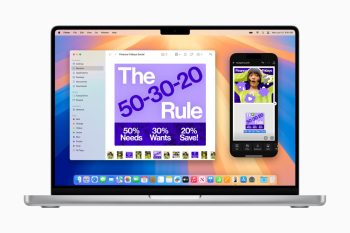
macOS Sequoia iPhone mirroring: Apple finally catches up
At WWDC 2024, Apple announced the next major update to macOS. This comes in the form of macOS Sequoia, and one of the coolest new features of the update is iPhone mirroring. This basically allows users to mirror their iPhones on their Mac computers. Users can interact with their iPhone virtually, receive notifications, and use apps.
This is honestly a pretty awesome feature, especially in cases where certain apps might not have a desktop equivalent. It’s also handy as it prevents users from having to reach for their phones all the time to address notifications.
The concept of screen mirroring isn’t exactly new per se. We’ve seen similar-ish features before, such as Microsoft’s Phone Link which offers smartphone access from a Windows PC. Google’s ChromeOS also has something similar where Android users can connect their phones to a ChromeOS computer.
There have been some calls in the past that have suggested that Apple should merge macOS with iOS for a unified operating system. We get where this is coming from, but the new macOS Sequoia feature could actually be an excellent alternative.
Our take
Like we said, this concept isn’t new, but Apple seems to have done a good job with it, at least based on the demos we’ve seen so far. For starters, it appears that iPhone mirroring on macOS Sequoia is a full fledged affair. This means that users can interact with their iPhone in its entirety, or at least for the most part.
If iPhone mirroring on macOS Sequoia really lives up to the demo, it could be an amazing feature. For instance, while some apps might have a desktop counterpart, it might lack certain features that its mobile version has. A good example would be WhatsApp, where the desktop version typically lags behind slightly in terms of features compared to its smartphone app.
To be fair, Apple has complete control over its hardware and software so integrating them together would be a lot easier. Plus, you would really have to be in the Apple ecosystem to enjoy these benefits. This might be less useful for users who might have to use Mac computers at work, but use an Android phone as their personal device.
Perhaps this new feature could spur Microsoft and Google to improve on their offerings, but for now, we think Apple nailed this one.